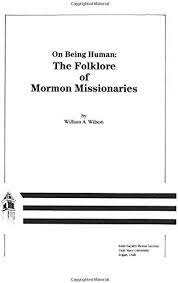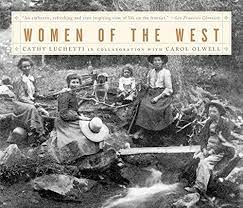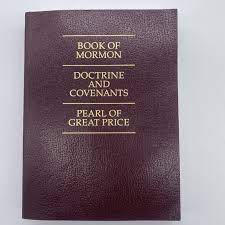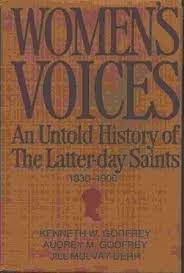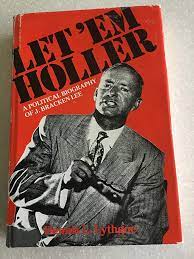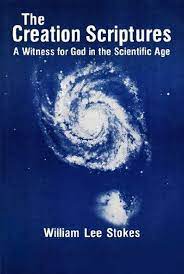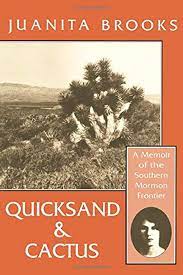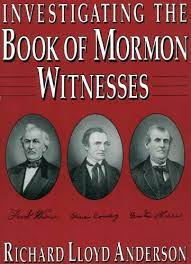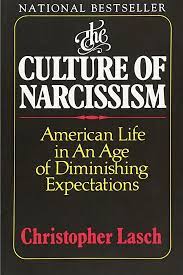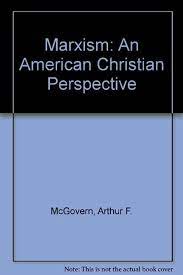A Stab at Self-Consciousness | William A. Wilson, On Being Human: The Folklore of Mormon Missionaries
April 19, 2018Criticizing the publication of William A. Wilson’s 18 November 1981 Honor Lecture in the Humanities would be equivalent to rudely refusing to applaud a virtuoso folklore performance. Although claiming to play the role of a…


